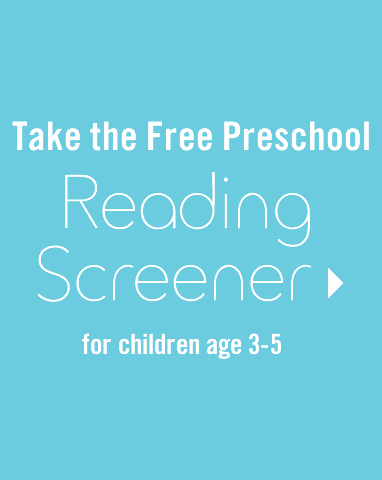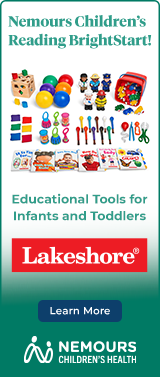Reading informational books with your child will help him learn more about the world around him. Many children have a natural curiosity about nature and animals. You can use that curiosity to help develop a love of reading in your child. Frogs! is a nonfiction (informational) book filled with real photographs and science facts.
Before, During and After Reading
Oral Language
Find out what your child already knows about frogs. Show your child the cover of the book and tell him that the title is Frogs! Ask him to tell you things he already knows about frogs. After listening to what he knows, you might also ask him if there is anything he might want to learn about frogs. You can model this by using an "I wonder" statement: I wonder what frogs like to eat. Maybe this book will give me an answer. As you continue to model "I wonder" statements for your child, he will soon start to have his own questions.
Oral Language
Encourage interaction. There are several pages where your child can interact and be involved with the book. For example, the text asks your child to hop like a frog and dance like a frog. On another page, a frog is compared in size to a quarter. Take out a quarter to show your child how small that would be. One photo shows the length of a frog’s tongue. Ask your child to stick his tongue out to see how long it is! Is it as long as the frog’s tongue?
Letter Knowledge
Find each letter F in the book. Give your child a card with the uppercase F written on it. Ask your child to find the uppercase letter F on various pages in the book.
Oral Language
Ask questions. After reading the book, ask your child specific questions. Start by asking questions about the things your child showed the most interest. Here are some questions you might try:
- What are some sounds that frogs make?
- Why do frogs make sounds?
- What are some foods that frogs eat?
- How does a frog catch bugs?
Learn more about pre-reading milestones for three-year-olds, and take the Reading BrightStart! Preschool Reading Screener. The screener can help you determine if your child is on the path to reading readiness, and provides a free plan for moving forward.








